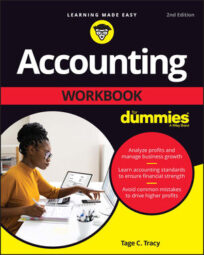Accountants must carefully design cash flow reports for business managers. The conventional statement of cash flows is far too technical and intimidating for most managers to make sense of. What managers don’t understand, they don’t use.
Accountants may often be too bound by their “debits and credits” thinking when it comes to the statement of cash flows. The statement of cash flows is designed to reconcile changes in the balance sheet during the period with the amounts reported in the statement. But this function shouldn’t also be the purpose of reporting this financial statement to managers.
In mid-size and large businesses, the financial officers of the business manage cash flow. Other managers don’t have any direct responsibility over cash flow — although their decisions impact cash flow. Managers of profit and cost centers should have a basic understanding of the cash flow impacts of their decisions, but they don’t necessarily need cash flow statements.
The cash flow reports that accountants design for business managers of profit and cost centers should focus mainly on the key factors that affect cash flow from operating activities.
These internal management reports should concentrate on changes in the following:
Accounts receivable
Inventory
Operating liabilities (accounts payable and accrued expenses payable)
These are the main factors for the difference between cash flow and profit that the managers of profit and cost centers have control over and responsibility for.

